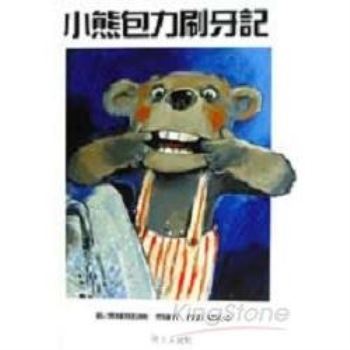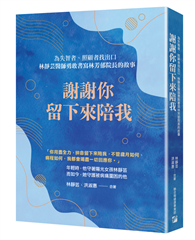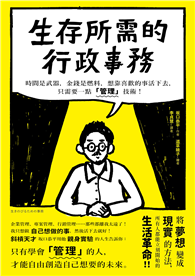AN INTRODUCTORY NOTE THERE are so many Guide-books to the various Sections of the British Museam that some good reason should be forthcoming for adding this volume to the numerous books which have been written in relation to the Museum or particular Sections thereof. First of all, then, this is not intended to be a Guide-book at all, though if it is helpful in that way to any visitors to the Rooms and Galleries it will serve a useful purpose and do something to justify its existence. The Trustees of the Museum publish a whole range of Guides, 2nd to these the visitor who wants full information on any subject, may turn. There is, however, room for a book which may serve as a general introduction to the invaluable collections which have been gathered together, and which may, at the same time, give an idea of the origins and growth of those collections. A visit to the Museum will enable anyone to see how many people wander, almost aimlessly, through its Rooms and Galleries. A comparison of the numbers who visit it each year with the population of Greater London, to say nothing of the provinces, the Colonies, and the many lands beyond the sea, whose peoples annually come to our wonderful city of London, will show how many there are who seldom, if ever, visit the museum. Yet the museum is a veritable treasure-house for anybody who thinks of anything beyond the everyday matters of human life. The wisdom amid experience of the world are stored up there, and no thoughtful person should leave its doors without gaining something from a visit. Here, then, is the reason for such a book as this-to tell something of the inexhaustible treasures of our National Collection to create an interest in them in the minds of those who have not visited, or, maybe cannot visit, it to give an increased interest in it to those who have already experienced something of its spell. The writer is conscious of the inadequacy of the book he cannot pretend to reduce contents of nearly forty Guide- and Hand-books, published officially, into one. Such a task would be impossible. But as far as is possible he has tried to create an interest generally by referring to some of the principal or more attractive matters. If such an interest is aroused he will be satisfied that his labour has not been in vain. In an institution like the British Museum, when new articles of interest are constantly being received, a book cannot hope to be always up to date. The present era with its increased interest in archaeology is ever adding to the number of ancient things worthy of exhibition, and this must call for rearrangement, or the withdrawal of some things, from time to time. Moreover, structural alterations and repairs are necessary in museums just as much as in business establishments. For these reasons changes in the position of things take place, and readers looking for a particular article may sometimes fail to find it. In such cases an enquiry of one of the officials will always receive a courteous answer, and the whereabouts of the desired object will be indicated....
| FindBook |
有 1 項符合
The Romance of the British Museum: The Story of Its Origins, Growth and Purpose and Some of Its Contents的圖書 |
 |
The Romance of the British Museum: The Story of Its Origins, Growth and Purpose and Some of Its Contents 作者:Boulton 出版社:Horney Press 出版日期:2008-10-06 語言:英文 規格:平裝 / 332頁 / 21.6 x 14 x 1.8 cm / 普通級 |
| 圖書館借閱 |
| 國家圖書館 | 全國圖書書目資訊網 | 國立公共資訊圖書館 | 電子書服務平台 | MetaCat 跨館整合查詢 |
| 臺北市立圖書館 | 新北市立圖書館 | 基隆市公共圖書館 | 桃園市立圖書館 | 新竹縣公共圖書館 |
| 苗栗縣立圖書館 | 臺中市立圖書館 | 彰化縣公共圖書館 | 南投縣文化局 | 雲林縣公共圖書館 |
| 嘉義縣圖書館 | 臺南市立圖書館 | 高雄市立圖書館 | 屏東縣公共圖書館 | 宜蘭縣公共圖書館 |
| 花蓮縣文化局 | 臺東縣文化處 |
|
|
圖書介紹 - 資料來源:博客來 評分:
圖書名稱:The Romance of the British Museum: The Story of Its Origins, Growth and Purpose and Some of Its Contents
|











